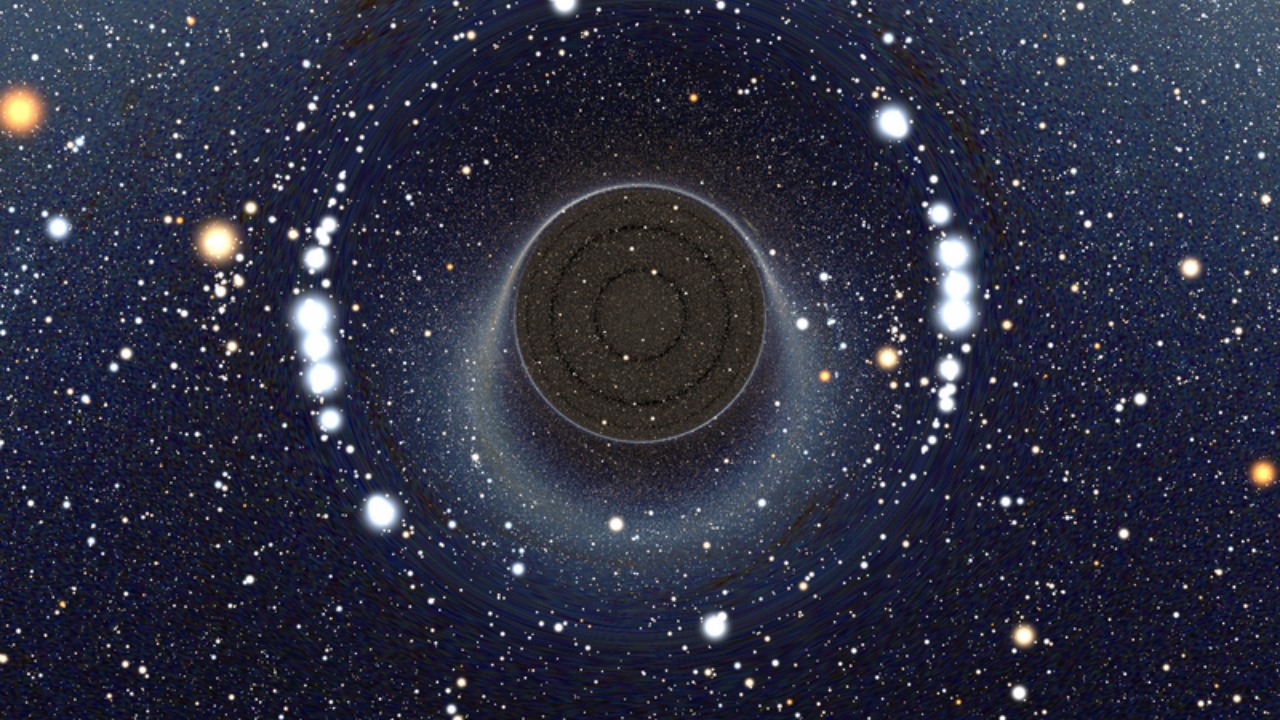
Science fiction has long been a playground for the imagination, pushing the boundaries of what is possible. But what if some of these fantastical ideas are not as far-fetched as they seem? Here are twelve theories that, while sounding like they’re straight out of a sci-fi novel, are actually supported by real physics research.
1. Time Machines That Could Loop You Back to the Past
Time travel has been a staple of science fiction, but it may not be entirely fictional. According to general relativity, closed timelike curves could theoretically enable time travel. These curves, which loop back on themselves, could allow for the possibility of returning to a past point in time. However, the practical realization of this concept remains distant, as explored in a Live Science article.
2. Wormholes as Shortcuts Through the Fabric of Space
Wormholes, or Einstein-Rosen bridges, are theoretical passages through spacetime that could connect distant points in the universe. These traversable wormholes may require the generation or simulation of negative mass and/or negative energy, as discussed in a Reddit thread.
3. Warp Bubbles for Starship-Like Propulsion
The concept of warp drives, popularized by Star Trek, involves bending spacetime to allow for faster-than-light travel. The Alcubierre warp drive metric, which contracts space ahead and expands it behind a spacecraft, is a theoretical model that could make this possible. This concept is explored in the same Live Science article.
4. Invisibility Cloaks Hiding Objects from Sight
Metamaterials, engineered to bend electromagnetic waves around objects, could potentially create invisibility cloaks. These advanced substances manipulate the flow of light itself, making objects appear invisible. This fascinating concept is discussed in a Facebook post.
5. Teleportation of Matter Via Quantum Links
Quantum teleportation is another concept that seems straight out of a sci-fi movie. This process involves the instantaneous transfer of particle states over distances using quantum entanglement. While teleportation of matter is still a far-off concept, the theoretical groundwork is discussed in the Live Science article.
6. Force Fields to Deflect Incoming Threats
Force fields, another staple of science fiction, could theoretically be created using electromagnetic fields containing plasma. These fields could create protective barriers against particles or projectiles, as explored in the Live Science article.
7. Simulated Gravity on Long-Haul Space Voyages
Artificial gravity is a concept often used in science fiction to make life in space seem feasible. In reality, rotating habitats or constant acceleration could generate artificial gravity per the equivalence principle in relativity. This concept is discussed in a Reddit thread.
8. Hyperspace Jumps Beyond Light Speed Limits
Spacetime warping could enable effective faster-than-light travel while preserving local causality. This concept, often referred to as “hyperspace jumps” in science fiction, is explored in the Live Science article.
9. Holodeck-Style Immersive Realities
Quantum holography uses interference to project three-dimensional images from two-dimensional surfaces. This could potentially create immersive realities similar to the “holodecks” seen in Star Trek. This concept is also discussed in the Live Science article.
10. Replicators Assembling Objects from Atoms
Replicators, devices that can assemble objects from atoms, are another concept from Star Trek that could theoretically be possible. Quantum mechanical principles could allow for nanoscale assembly of matter into complex structures, as explored in the Live Science article.
11. Parallel Worlds Branching from Every Choice
The many-worlds interpretation of quantum mechanics posits that for every possible outcome of a quantum event, a universe exists where that outcome occurred. This interpretation suggests the existence of parallel universes, extending the theoretical physics in the Live Science article.
12. Antigravity Devices Defying Earth’s Pull
Antigravity, the idea of countering the force of gravity, could potentially be achieved through negative energy densities in quantum vacuum fluctuations. These fluctuations could produce repulsive gravitational effects, extending the theoretical physics in the Live Science article.
While these concepts may seem like they belong in the realm of science fiction, they are all grounded in real physics research. The line between science and science fiction may be thinner than we think.
More from MorningOverview